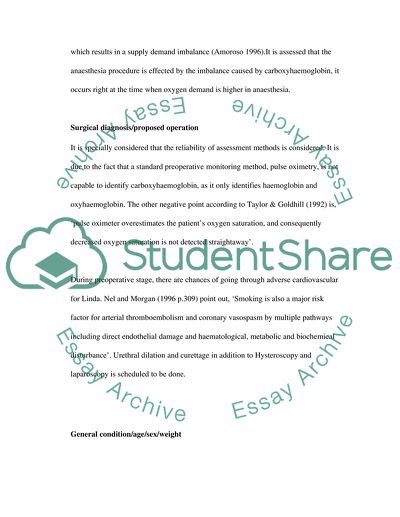Cite this document
(“Smoking history Essay Example | Topics and Well Written Essays - 3750 words”, n.d.)
Smoking history Essay Example | Topics and Well Written Essays - 3750 words. Retrieved from https://studentshare.org/health-sciences-medicine/1551605-case-study-anaesthesia
Smoking history Essay Example | Topics and Well Written Essays - 3750 words. Retrieved from https://studentshare.org/health-sciences-medicine/1551605-case-study-anaesthesia
(Smoking History Essay Example | Topics and Well Written Essays - 3750 Words)
Smoking History Essay Example | Topics and Well Written Essays - 3750 Words. https://studentshare.org/health-sciences-medicine/1551605-case-study-anaesthesia.
Smoking History Essay Example | Topics and Well Written Essays - 3750 Words. https://studentshare.org/health-sciences-medicine/1551605-case-study-anaesthesia.
“Smoking History Essay Example | Topics and Well Written Essays - 3750 Words”, n.d. https://studentshare.org/health-sciences-medicine/1551605-case-study-anaesthesia.


